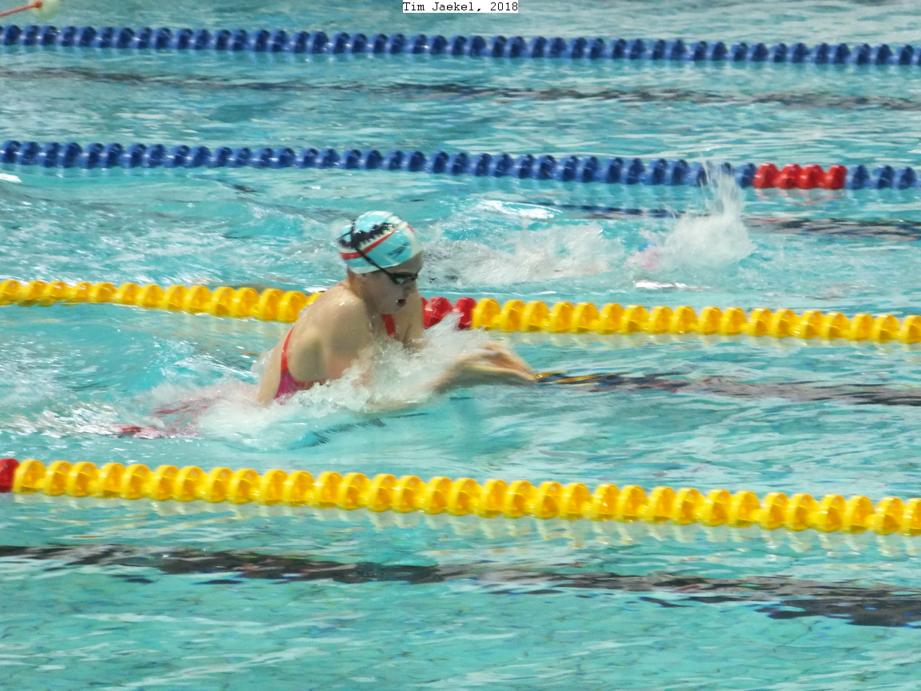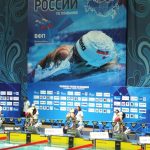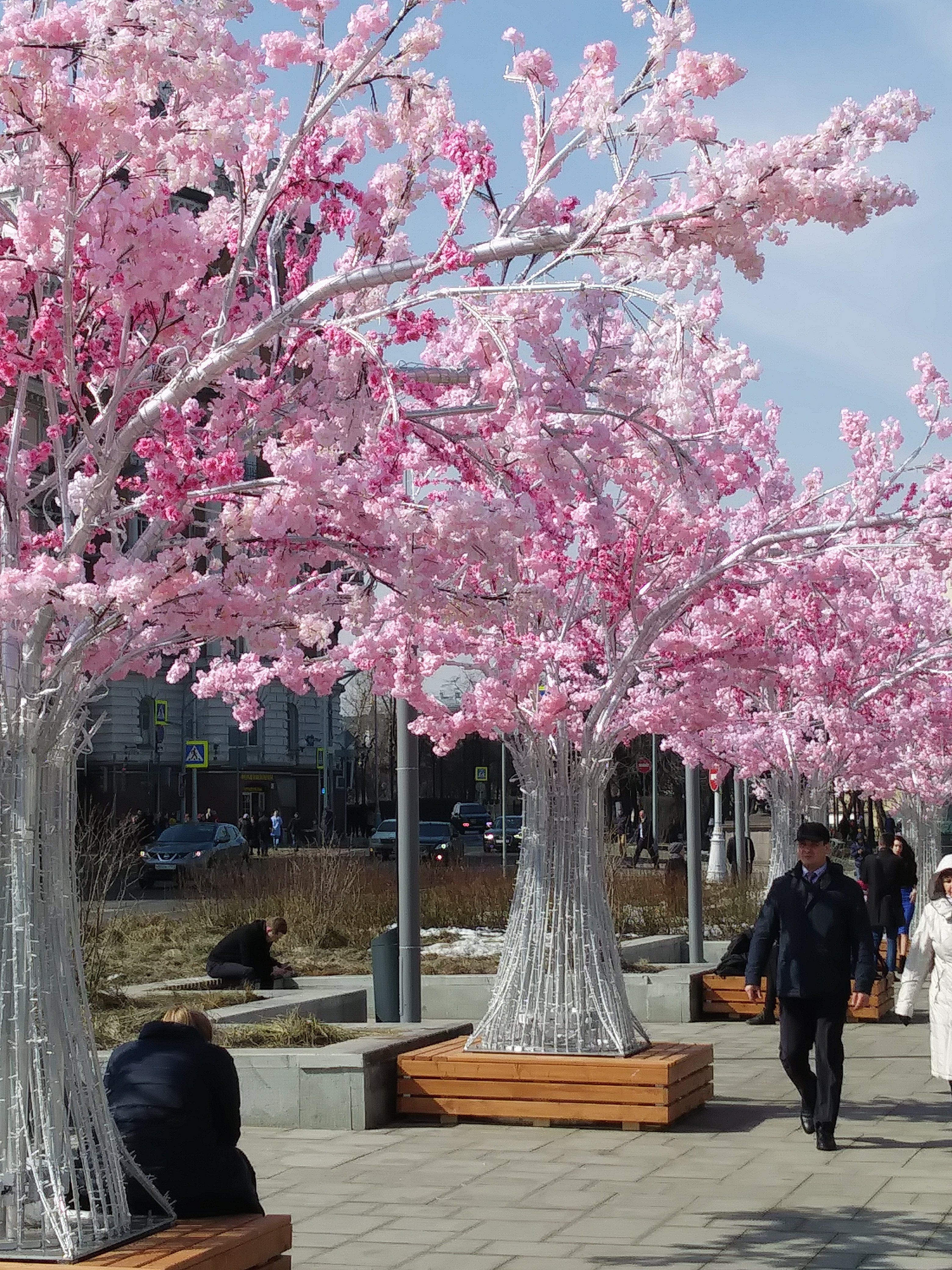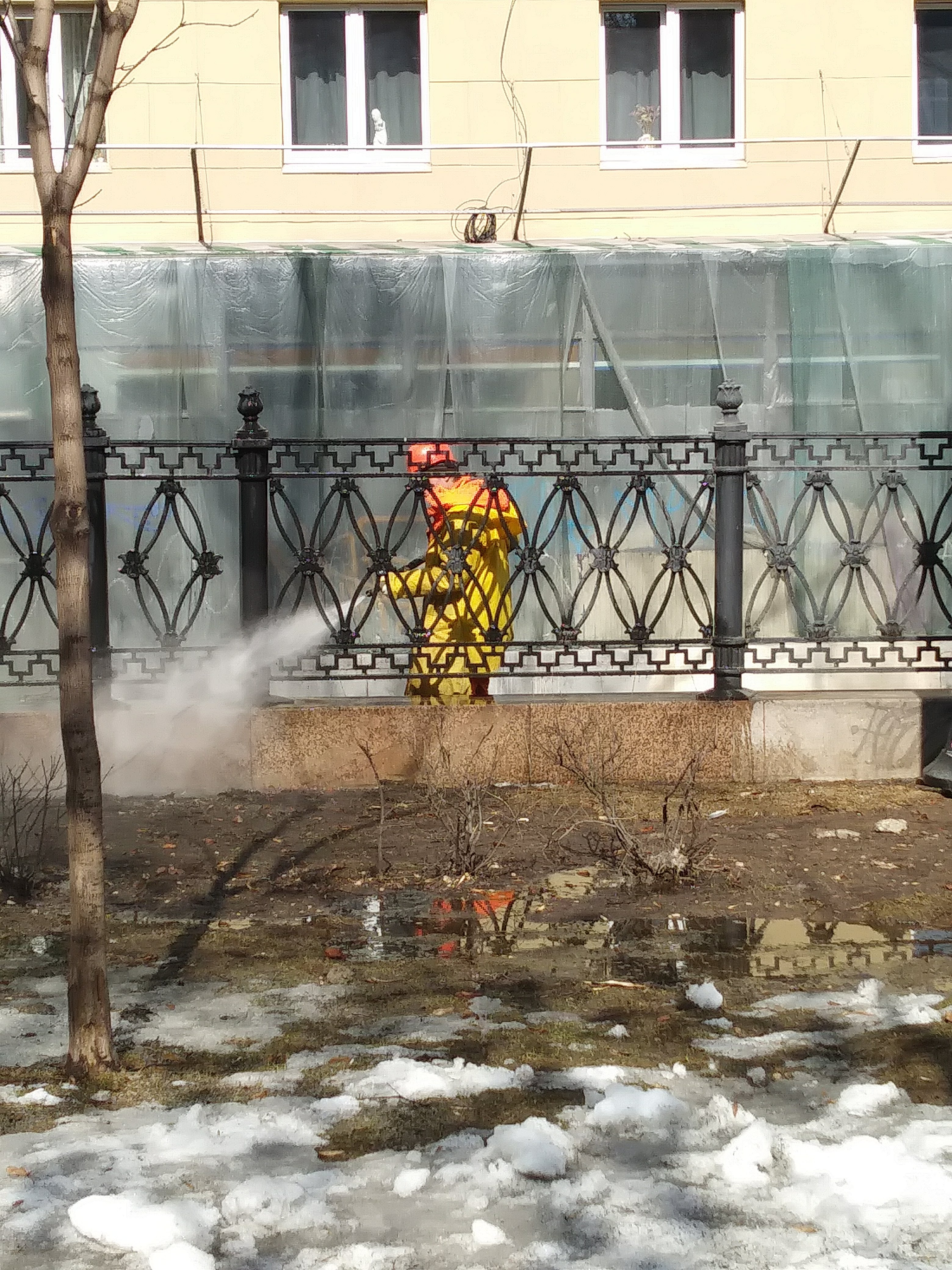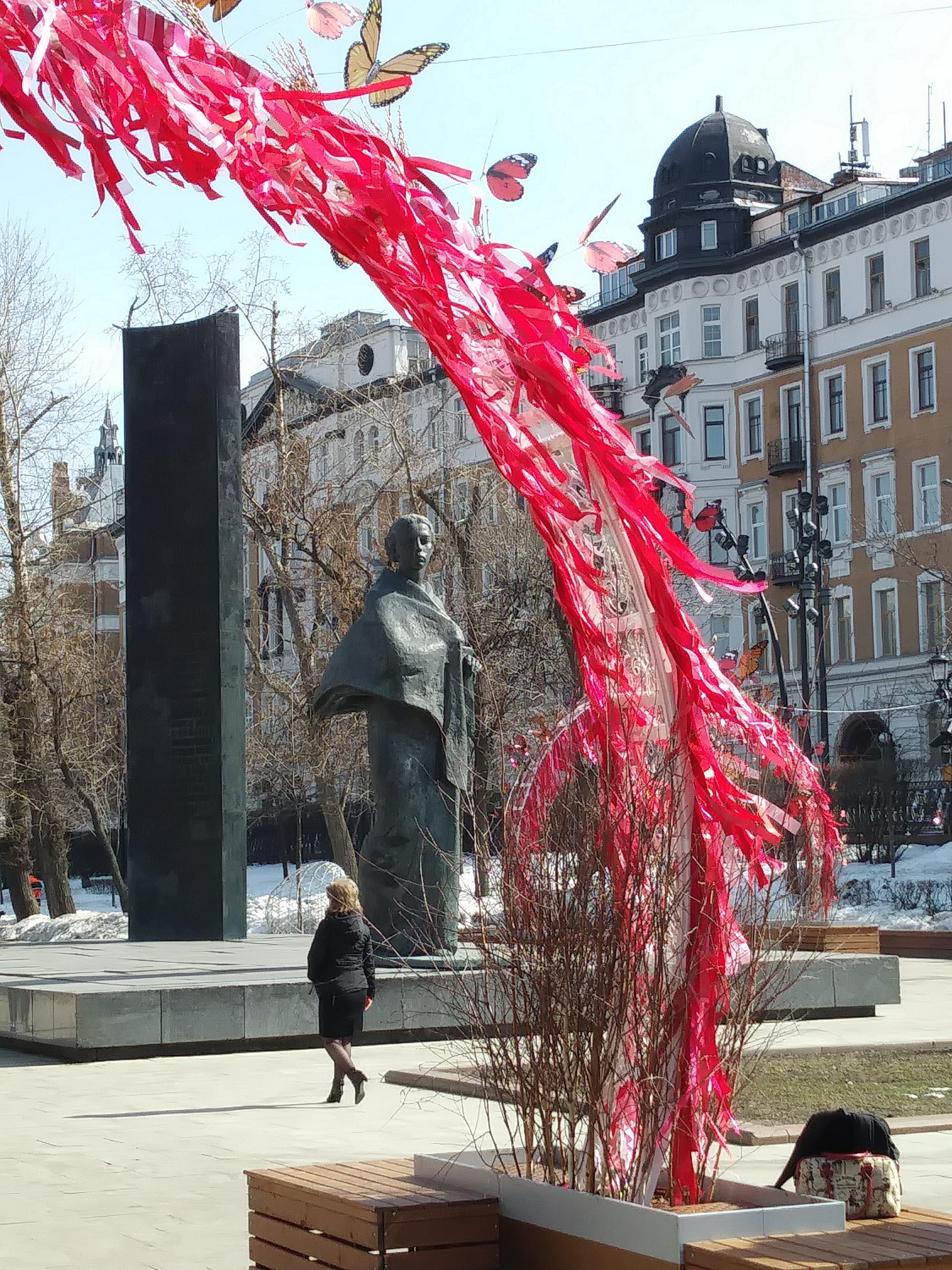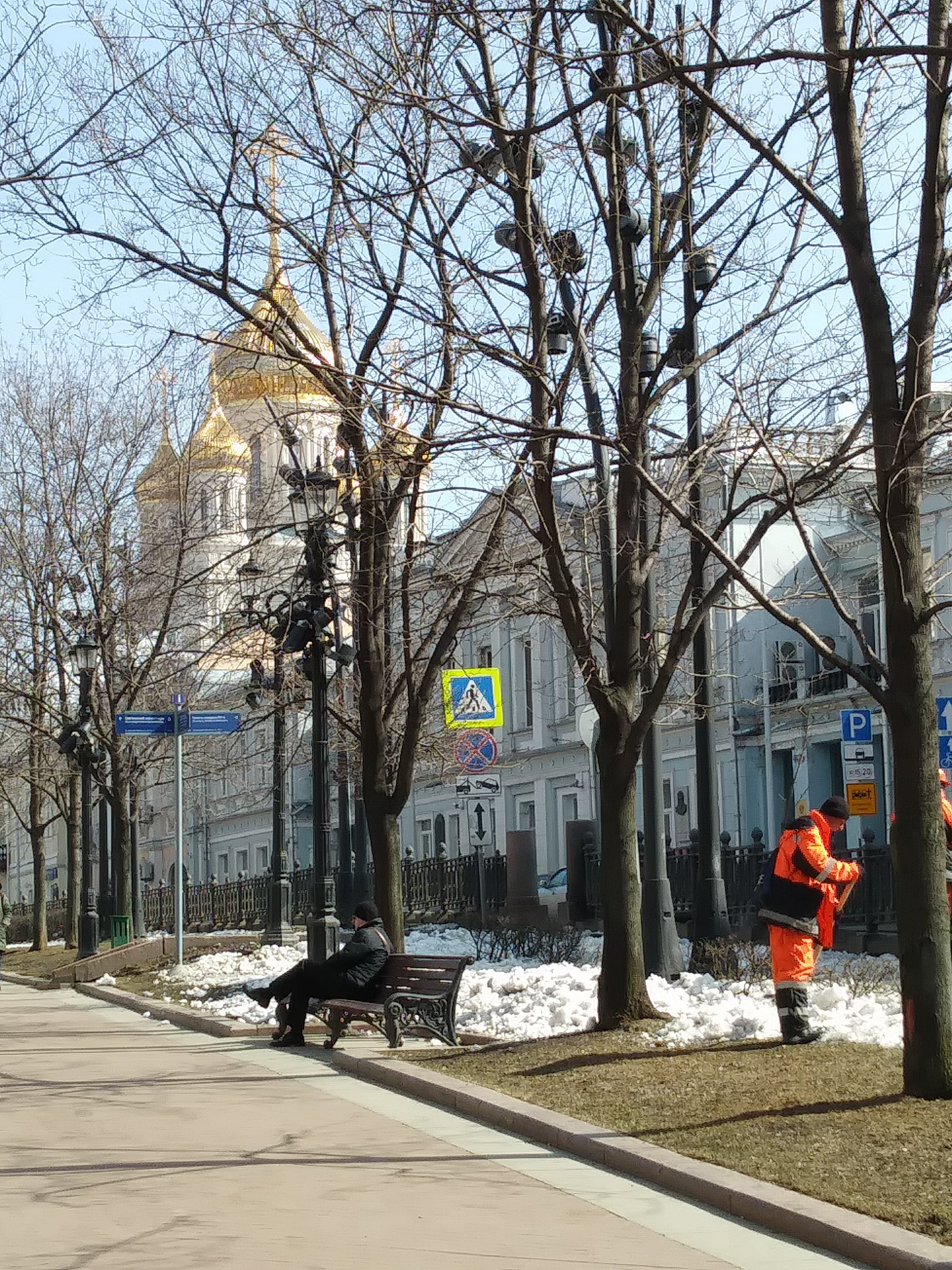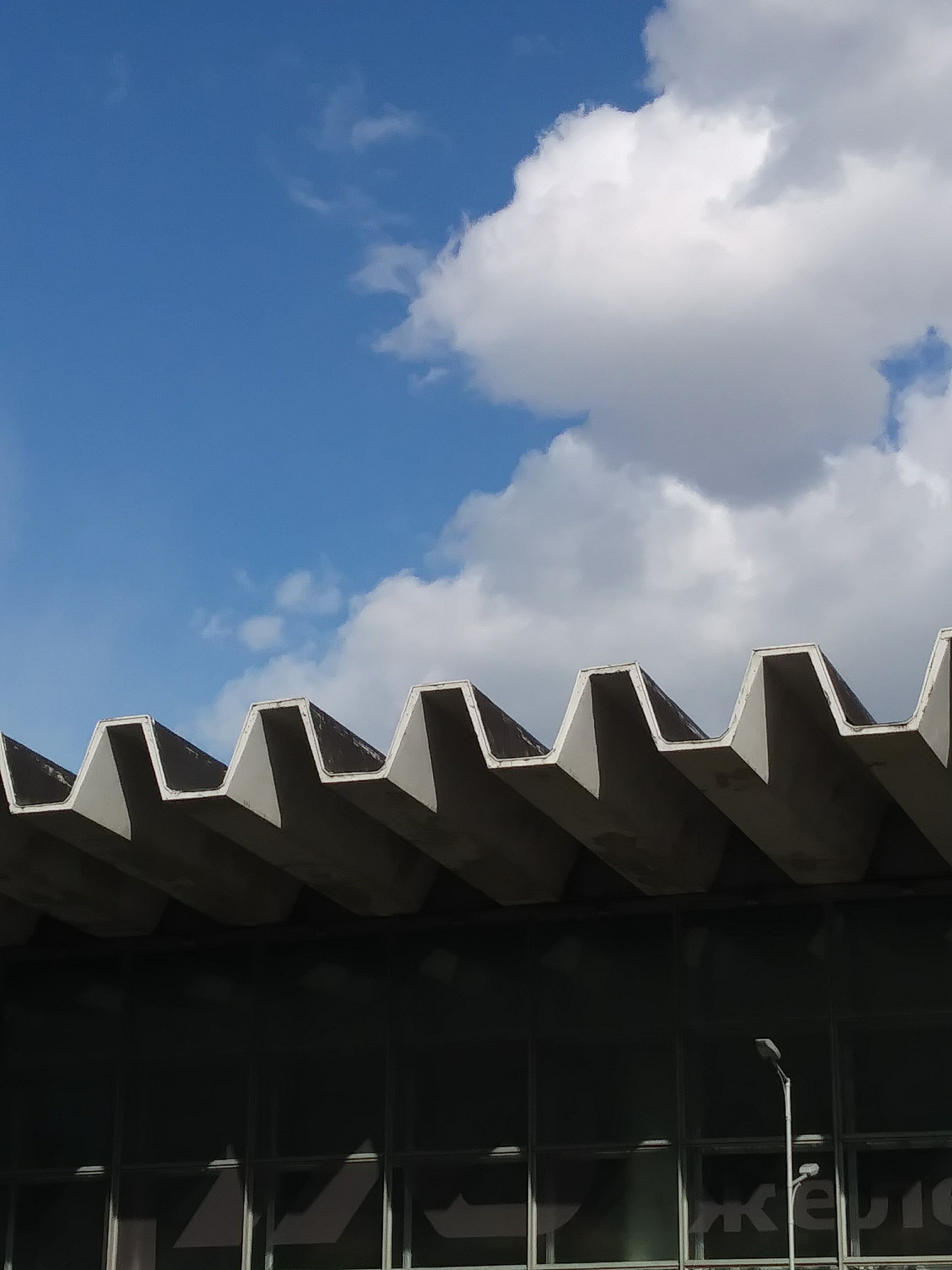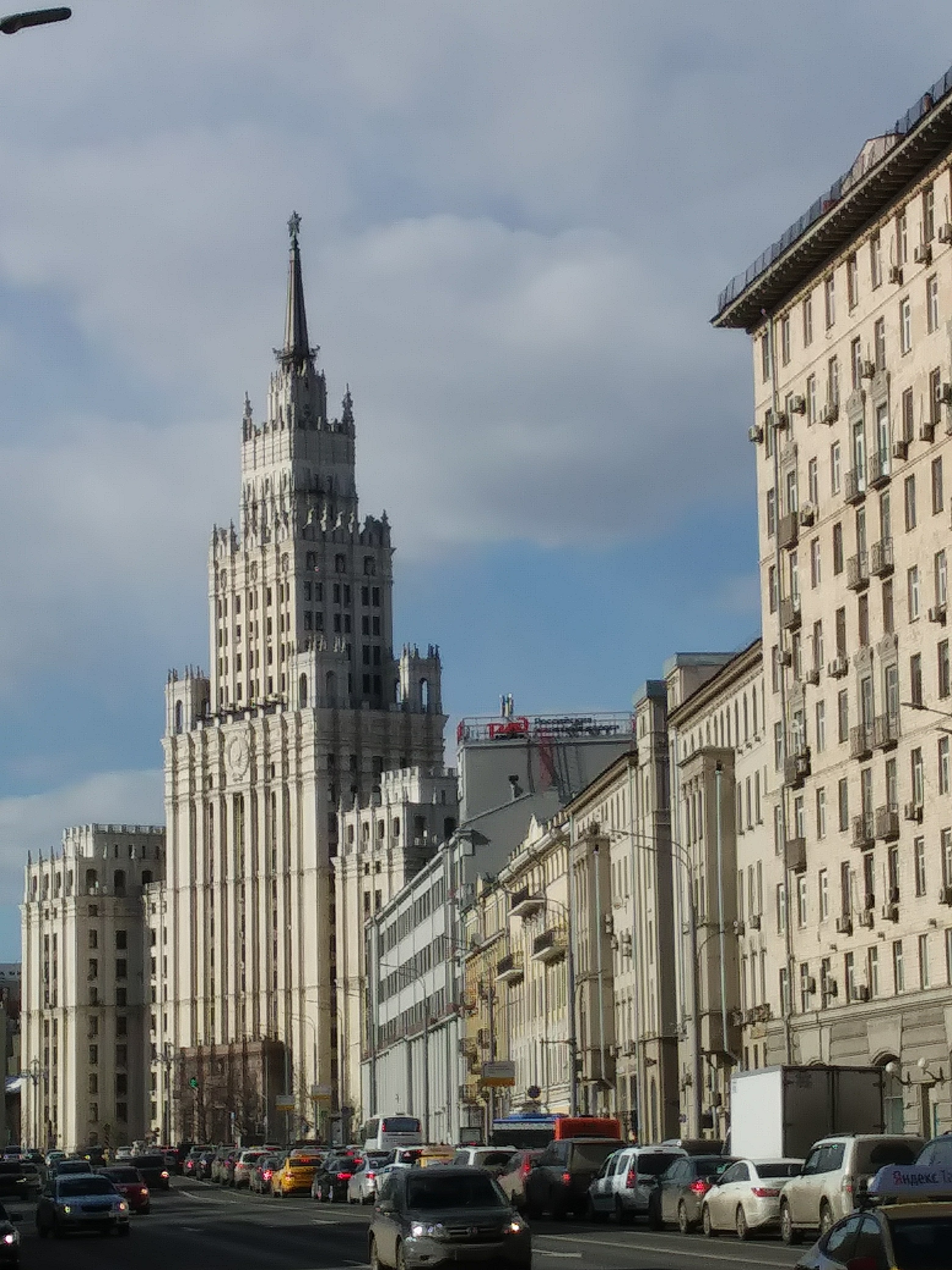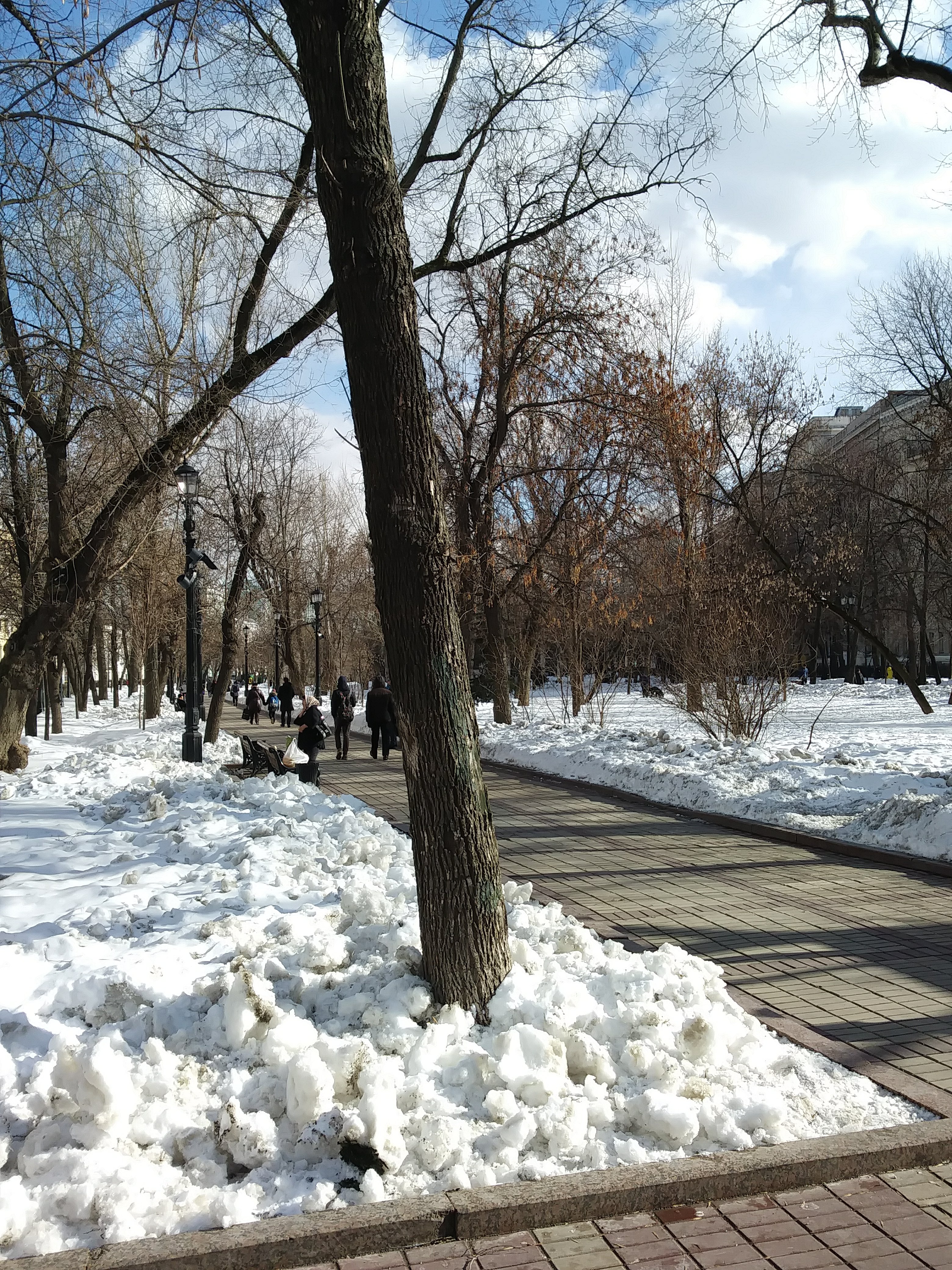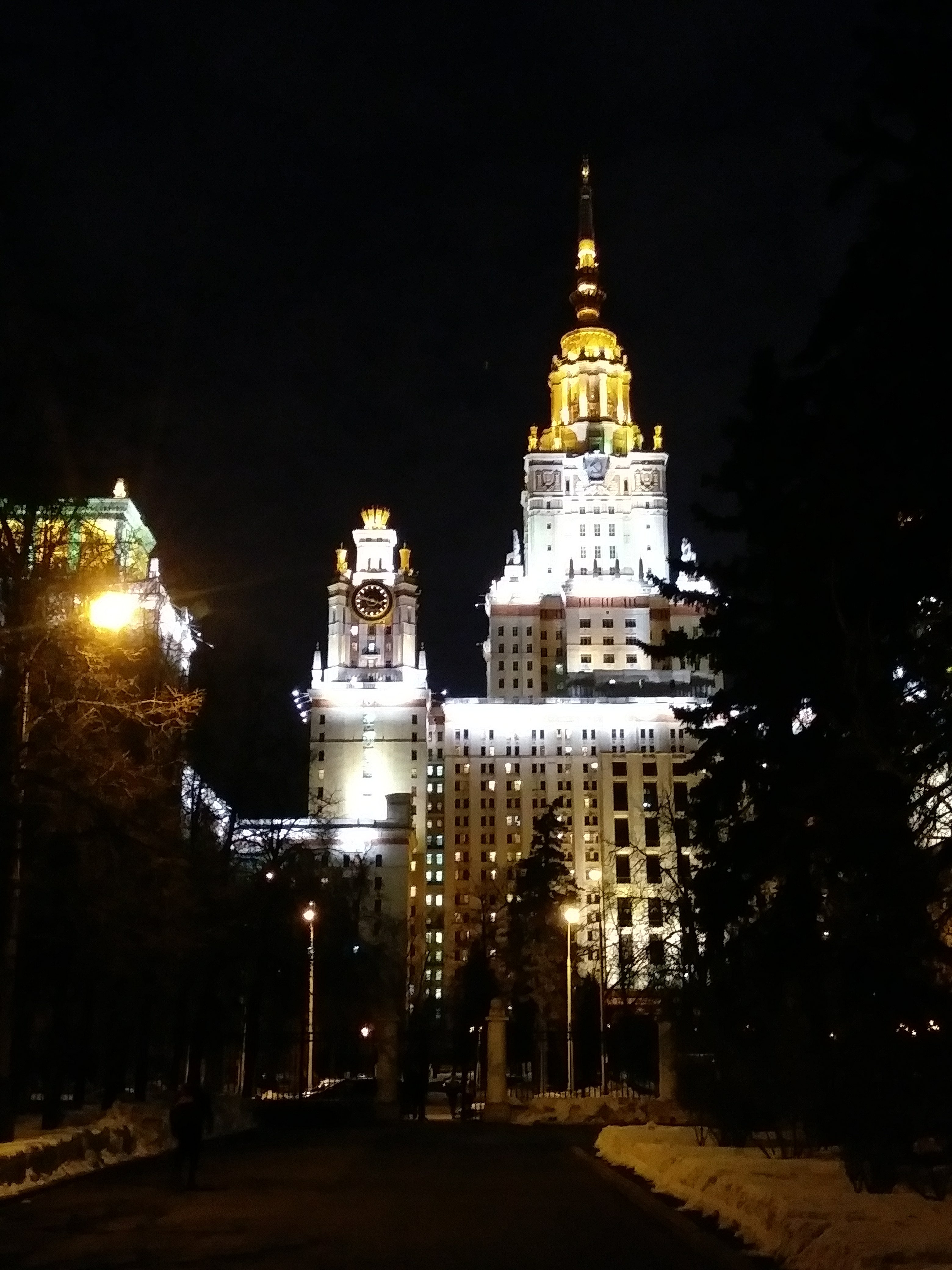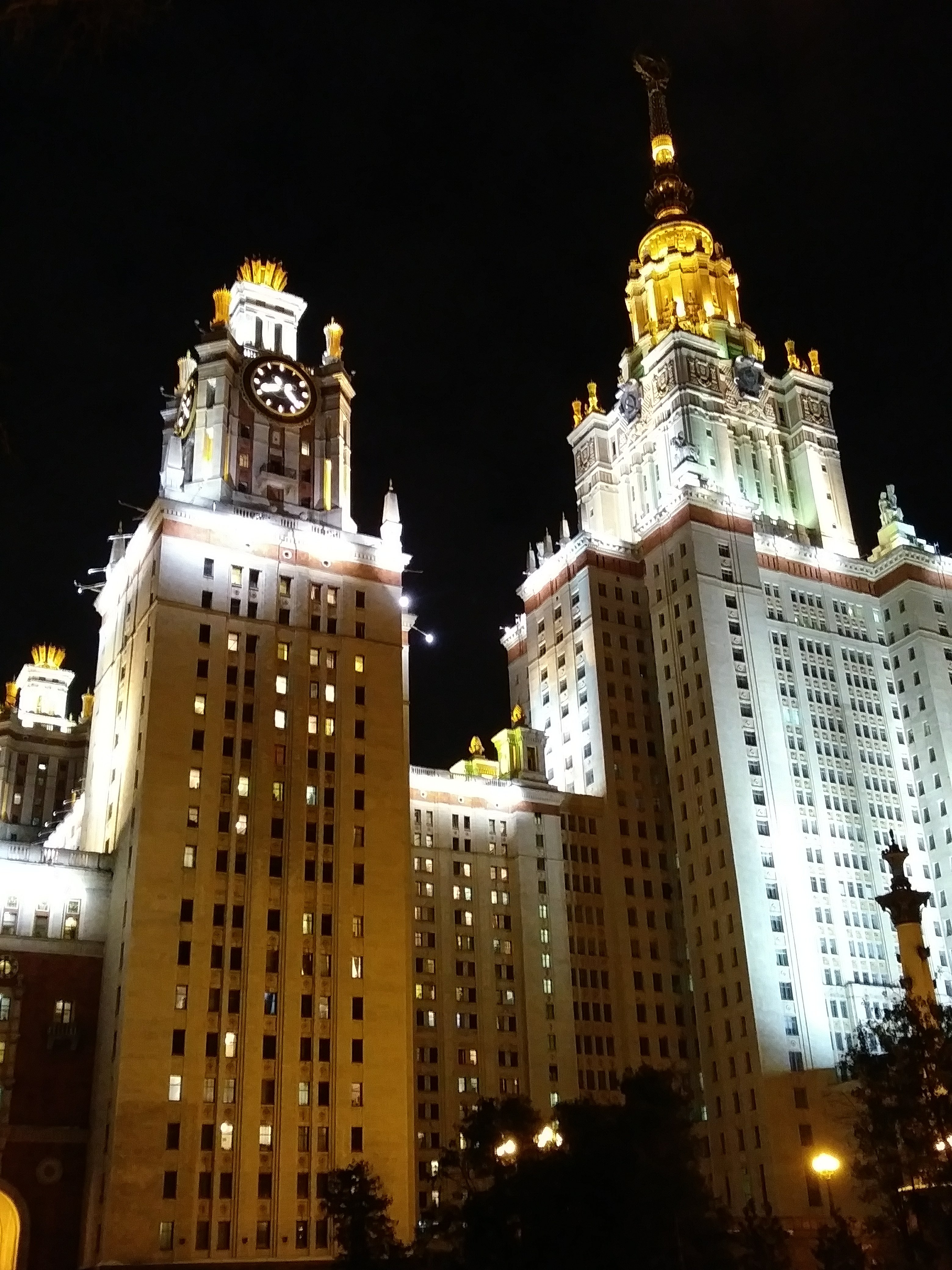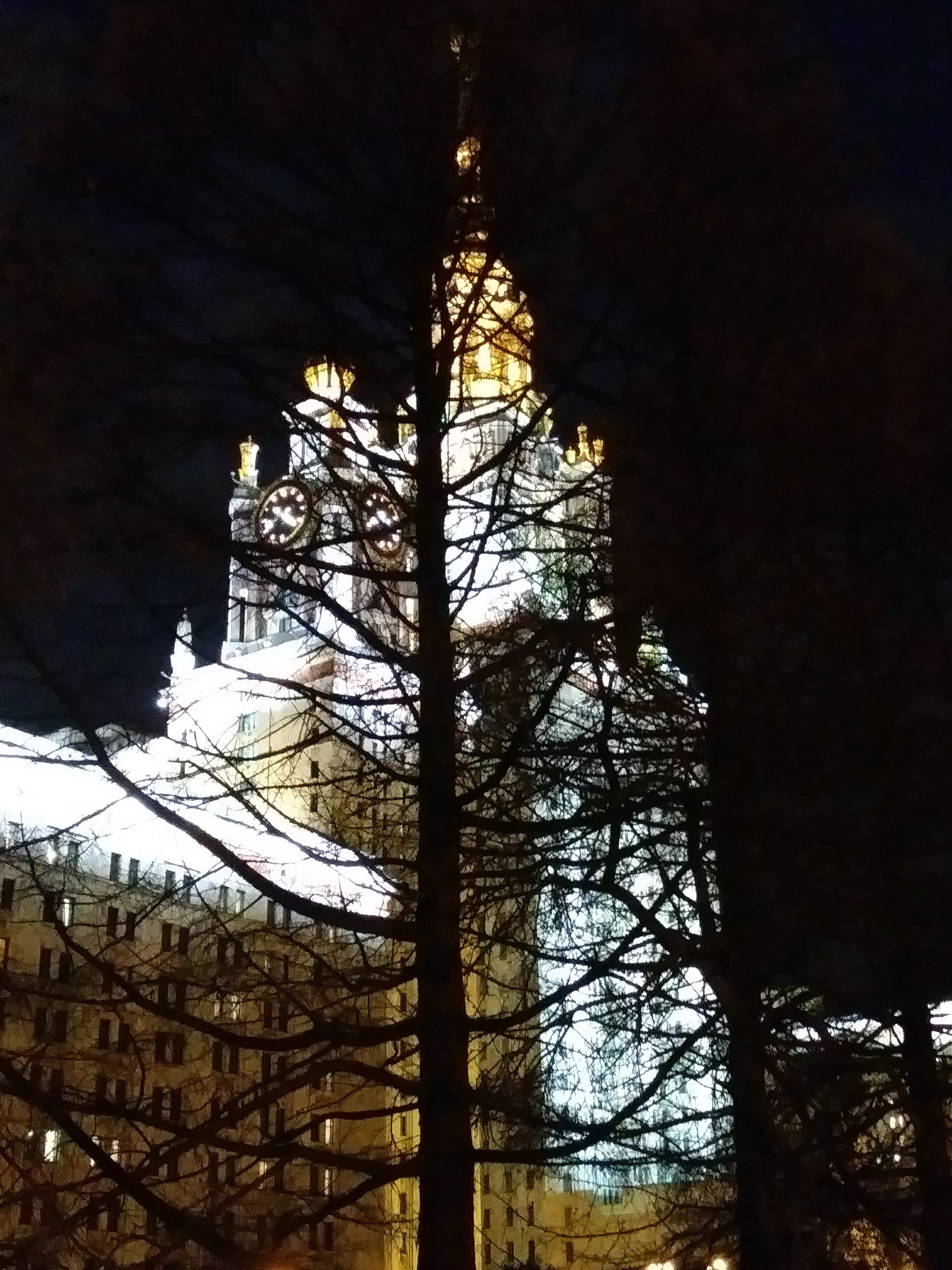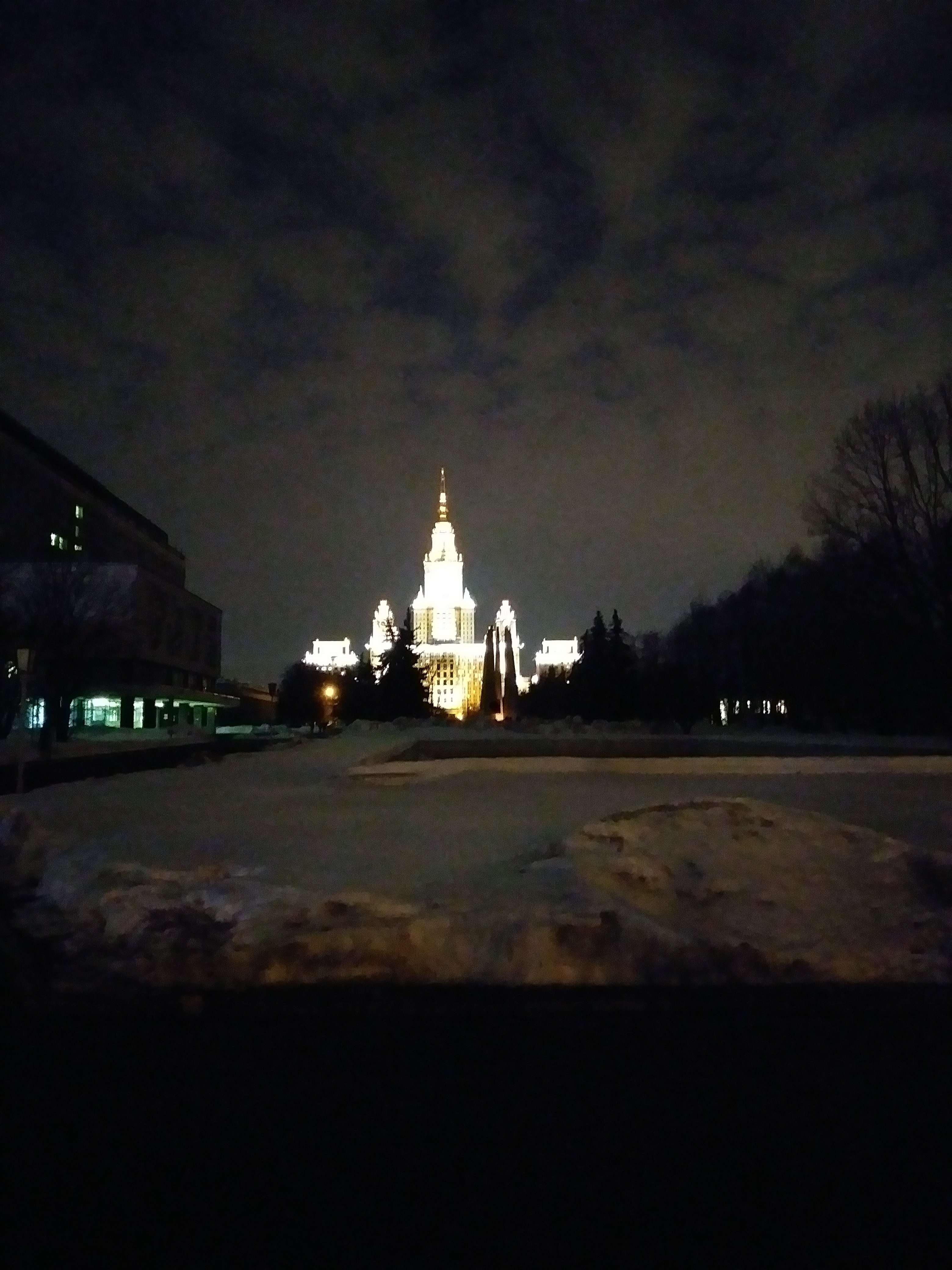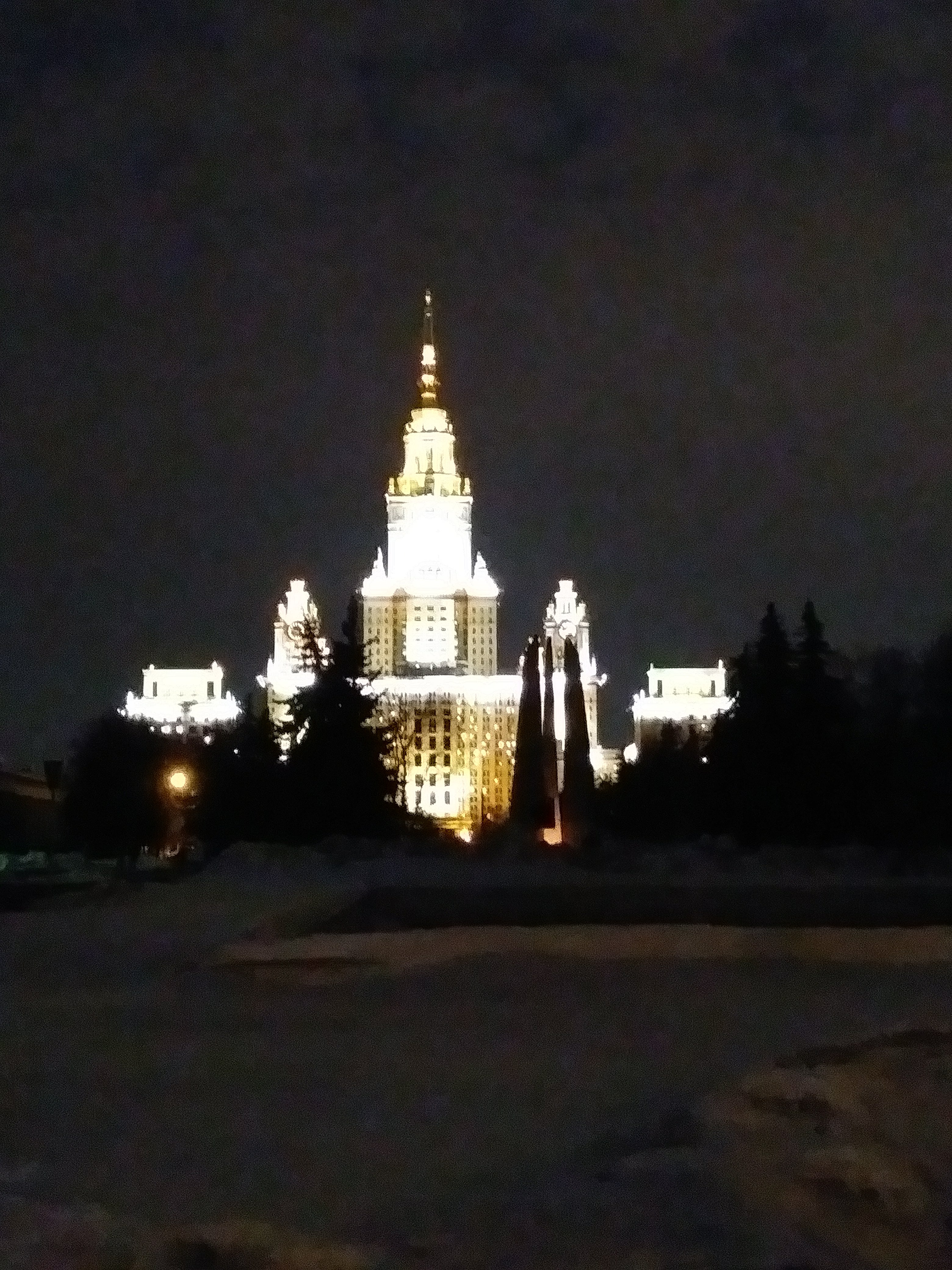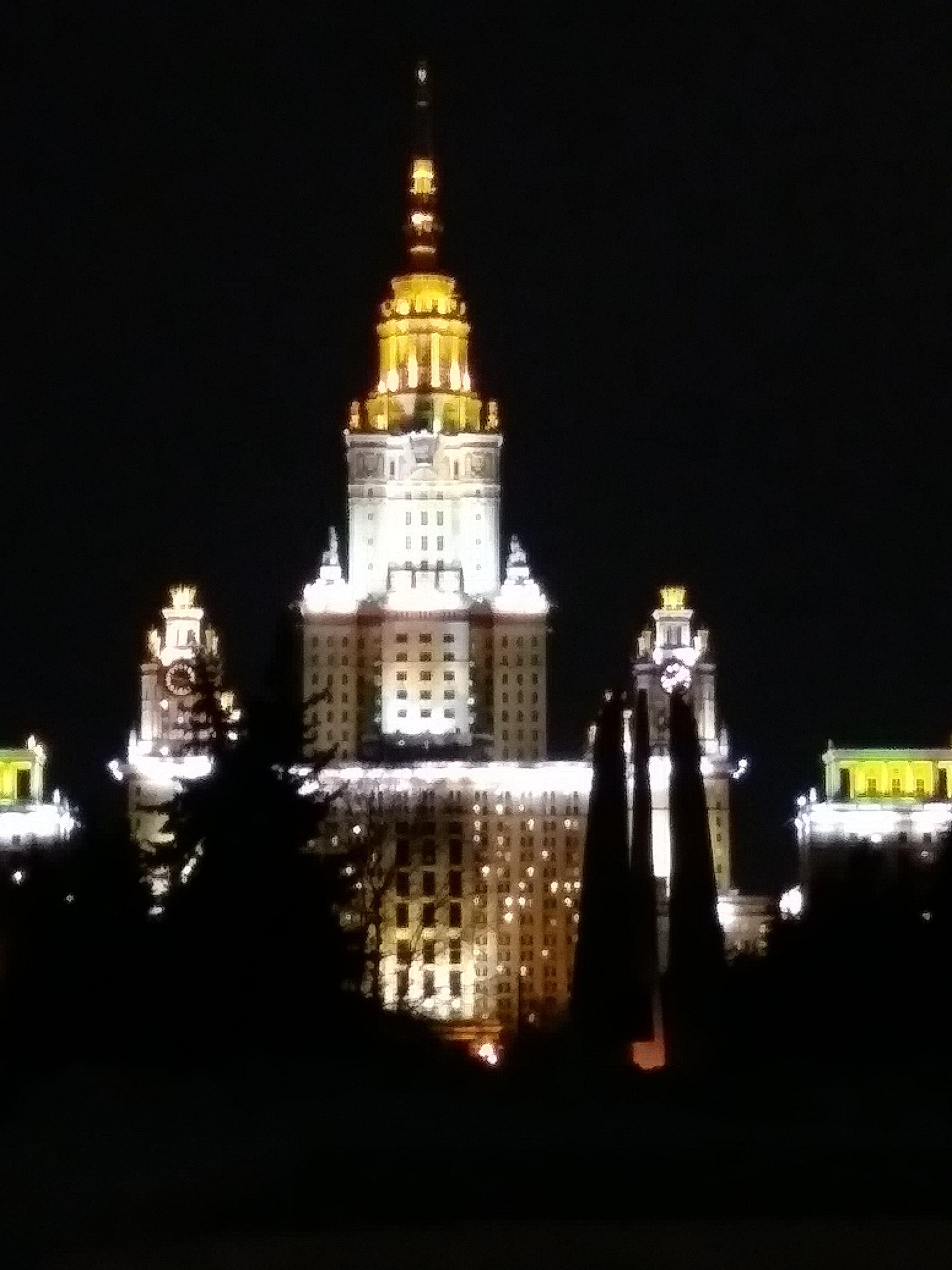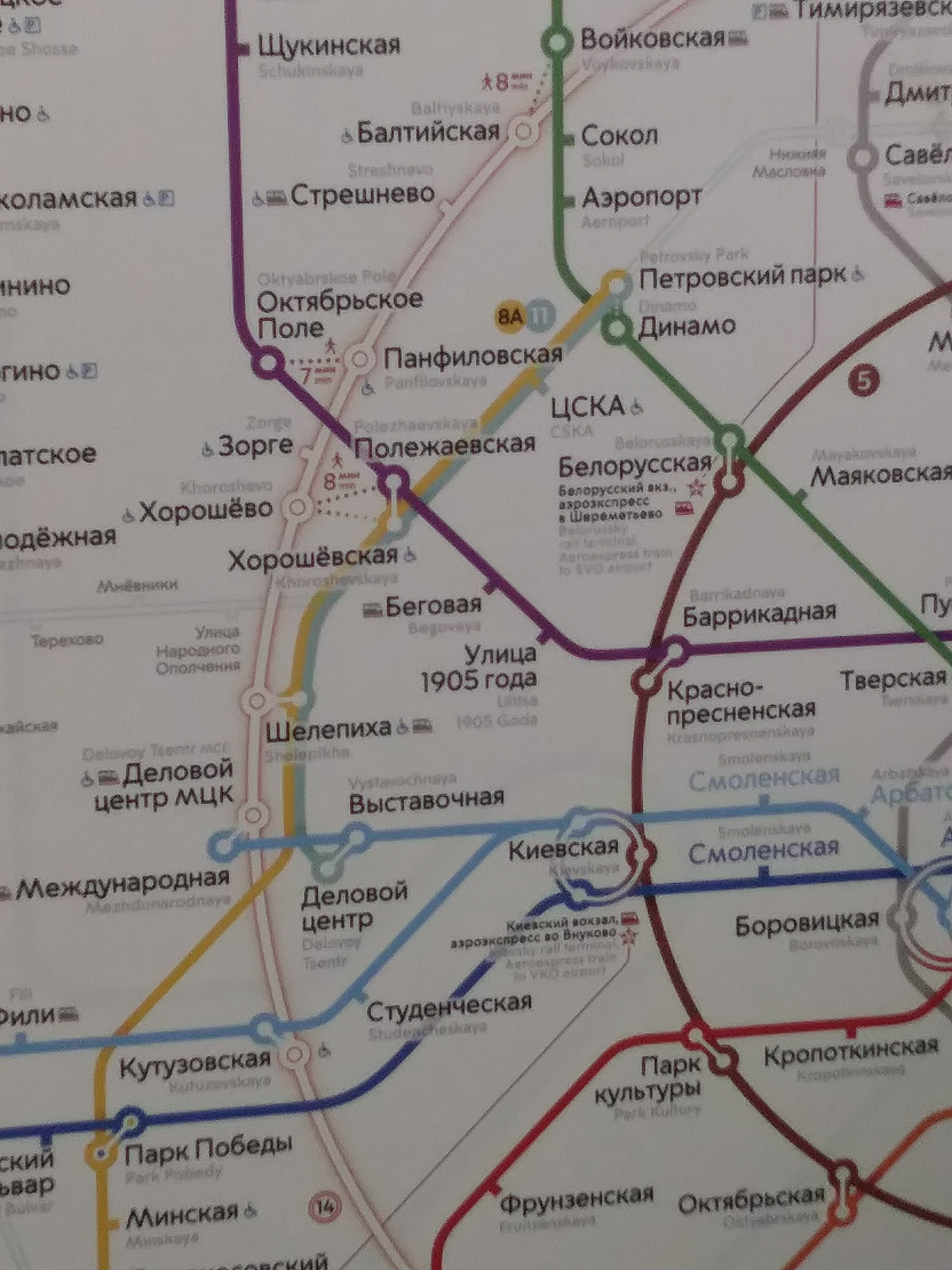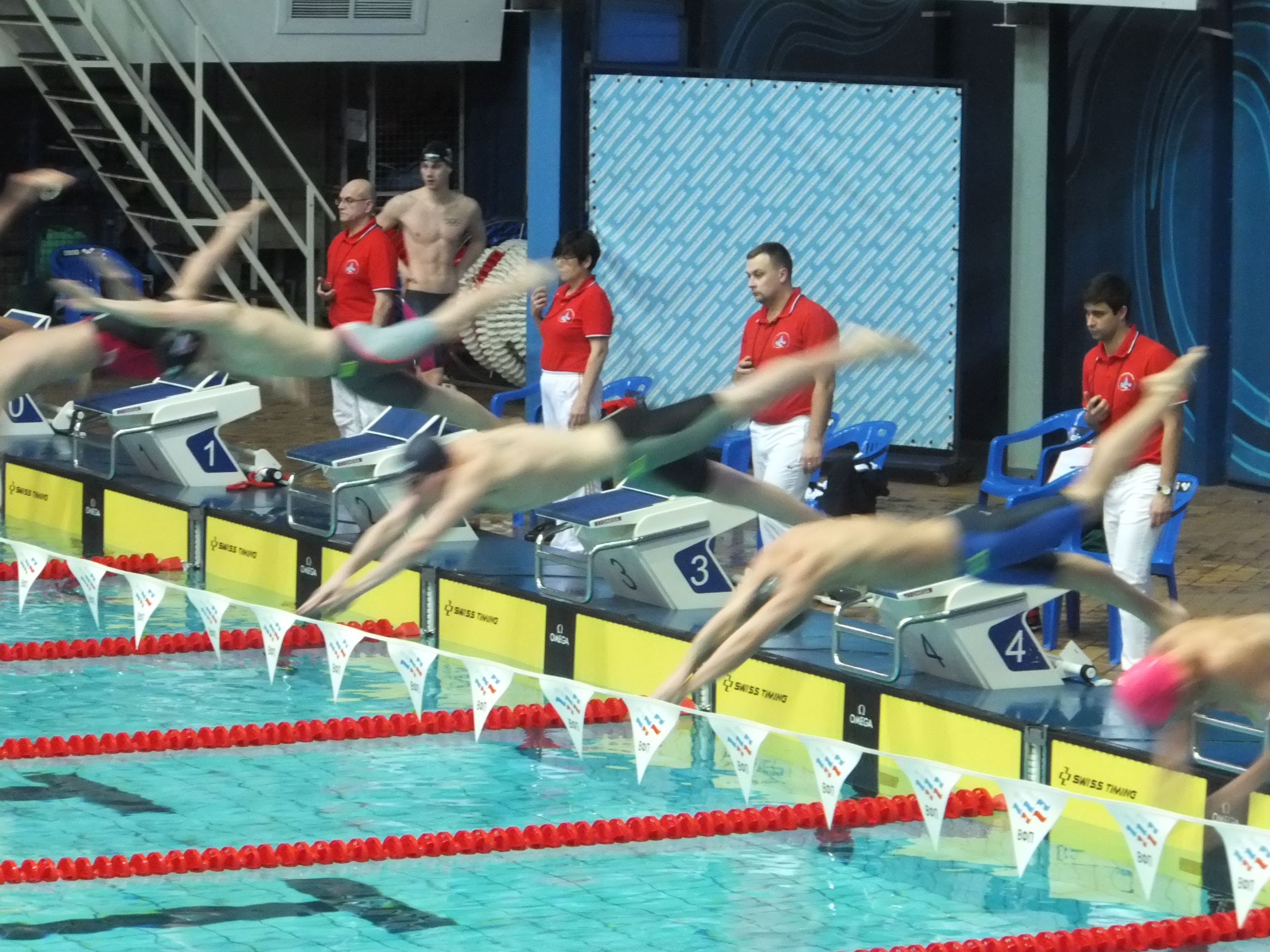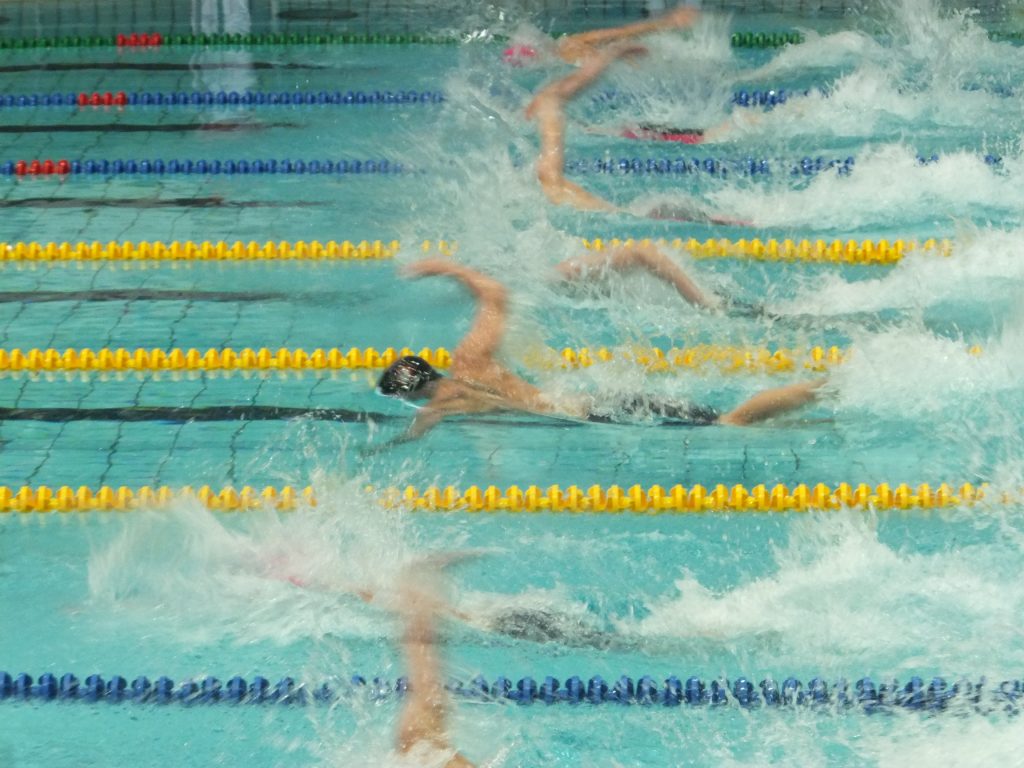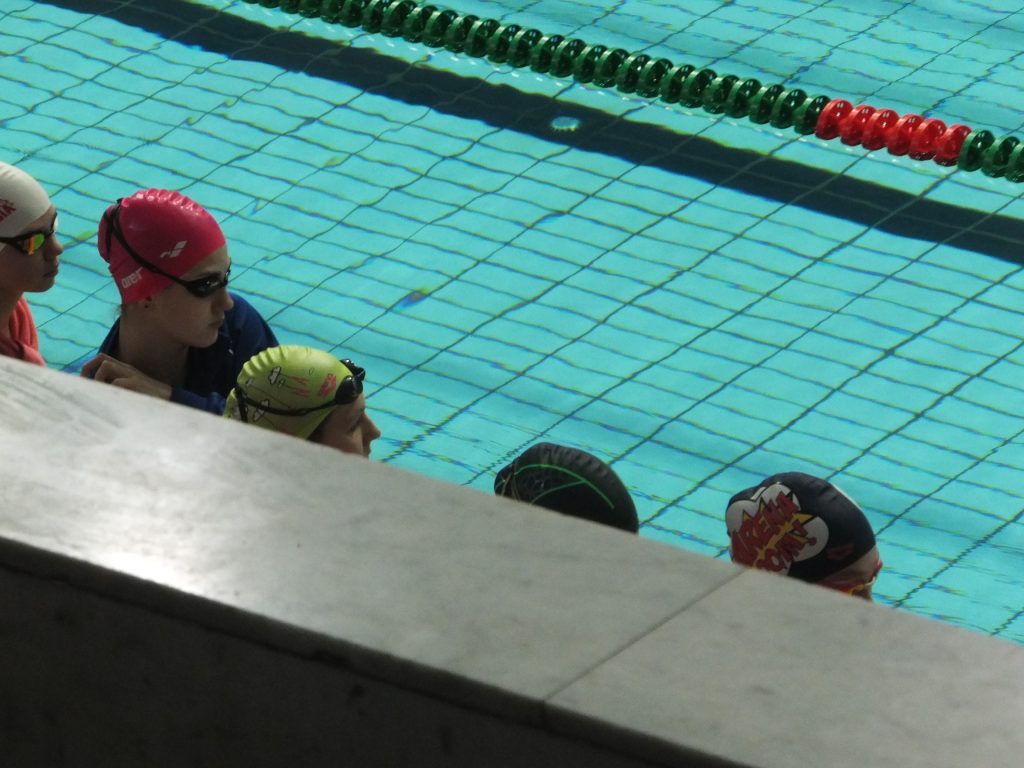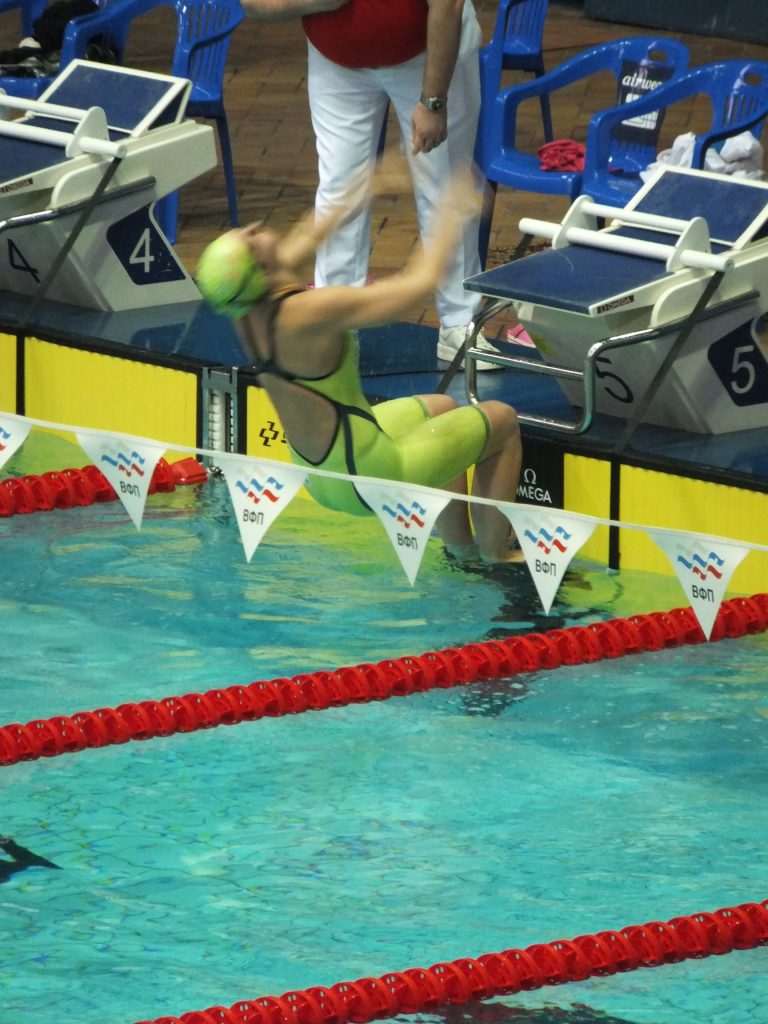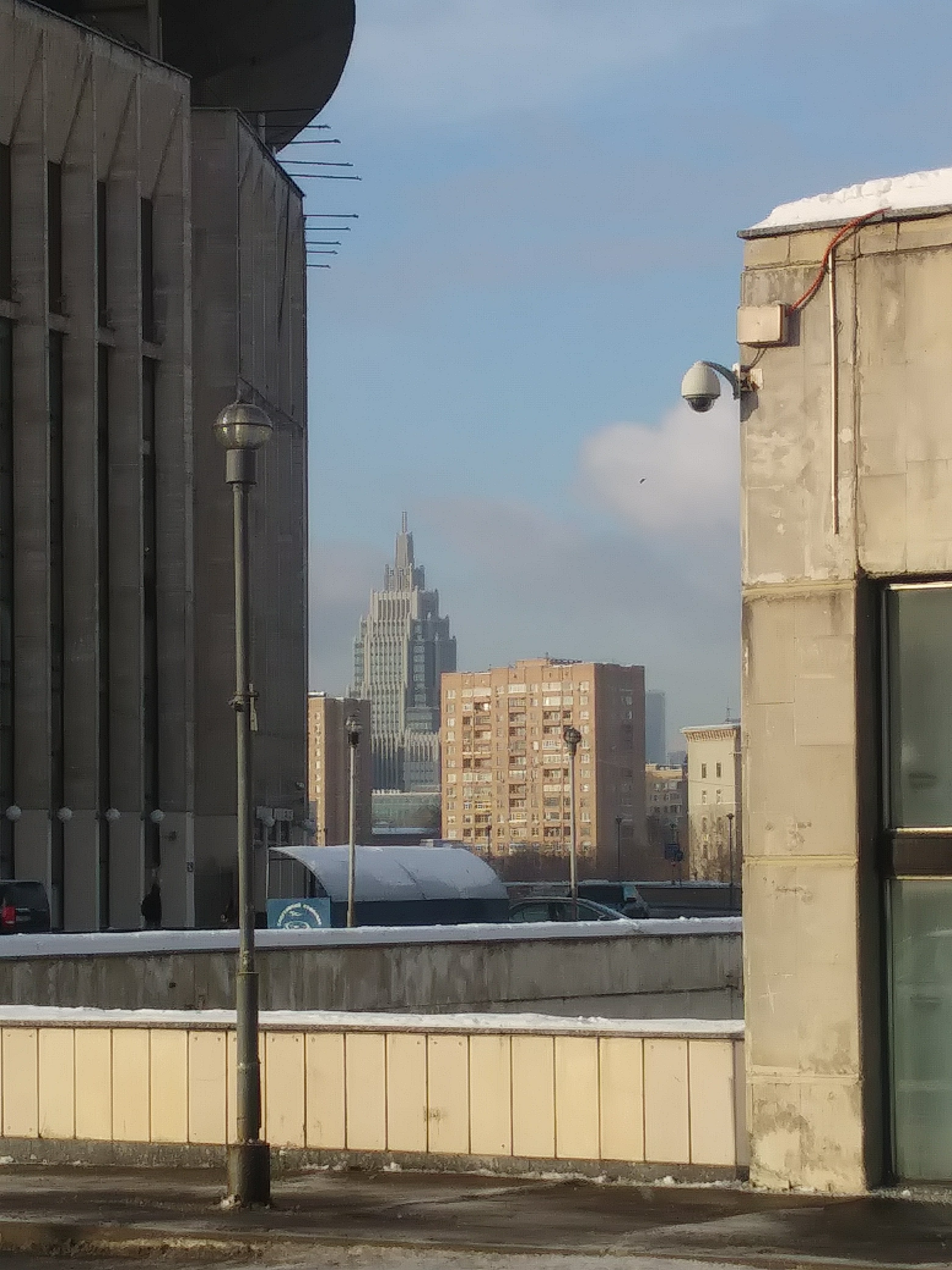Medaillienregen für die russische Mannschaft heute bei den European Championships in Glasgow im Schwimmbecken.
Gold und Silber über die 100 Rücken für einen Weltklasse Kliment Kolesnikov (52,53!!!) und Jevgenij Rylov (52,77, mit Fragezeichen). Die Rückenkurzstrecke ist damit in Europa fest in russischer Hand.
Edelmetall auf den Bruststrecken machen Grossbritannien und Russland unter sich aus. Adam Peaty paced auf der Kurzstrecke (eine auf 57,12s nach oben korrigierte 100m Goldmedaille, die 50er sowieso) und Anton Chupkov brilliert auf den 200m: mit einem neuen Europarekord in 2:06,80 und Gold. Sein „Geheimnis“ sind die lange Gleitphase und niedrige Zugfrequenz. 15 Züge auf den ersten 50m, 13 auf der zweiten, 16 auf den dritten 50m, und dann selbst im Finish auf den letzten Bahn reichen dem amtierenden russischen Meister 20 Züge. Do it like Chupkov: effektiv arbeiten, und nach hinten raus noch mal richtig Gas geben. So hat das Florian Wellbrock gestern auf den 1.500m auch gemacht.
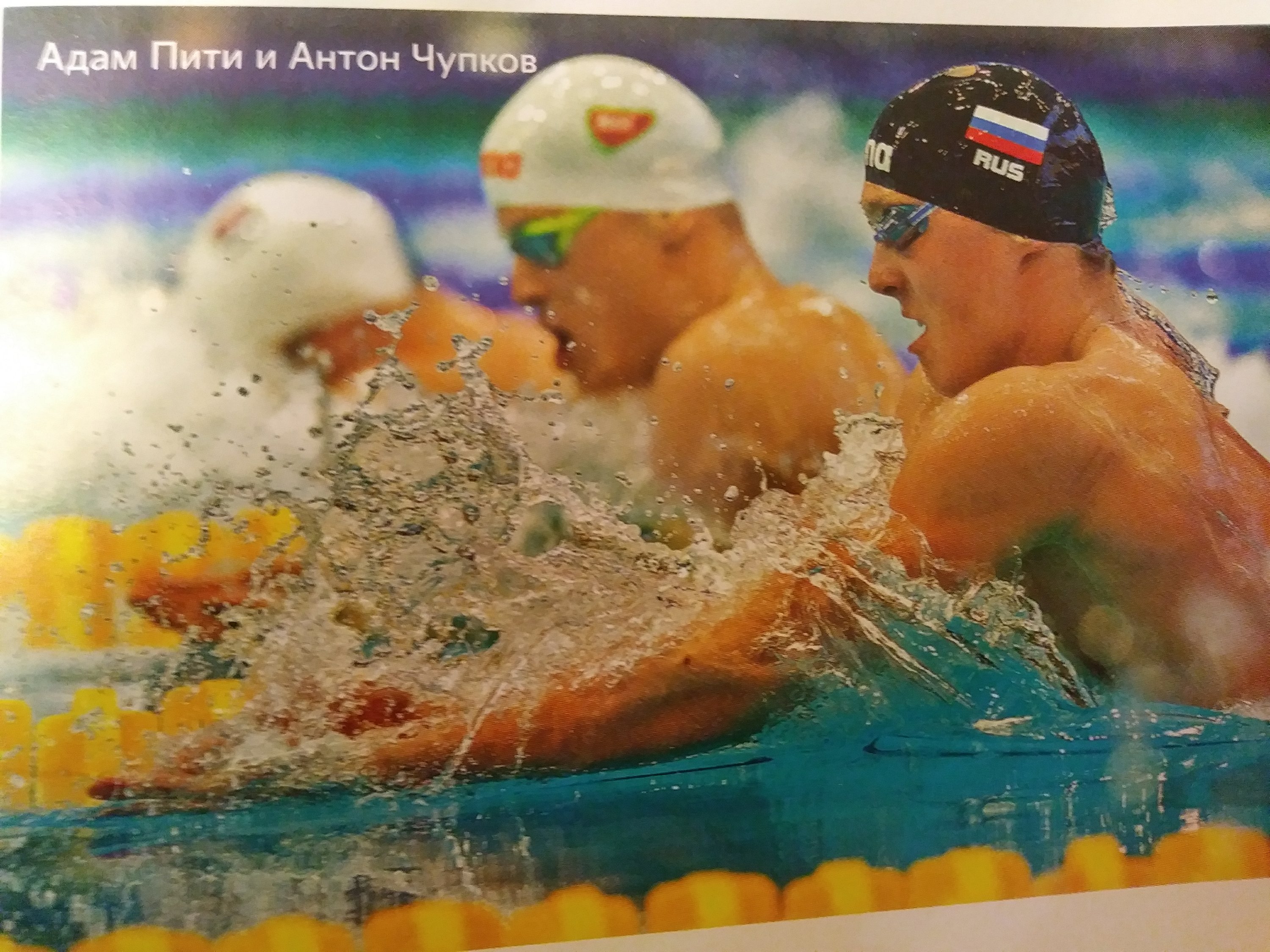
Dann noch Silber für die russische Mixed Lagen Staffellm mit Kolesnikov, der seine Zeit ganz nebenbei auf den 100m Rücken sogar noch mal um 2 Hundertstel auf 52,53s getoppt hat!, Yulia Efimova und A. Morozov.
Silber davor auch für Philipp Heintz auf den 200m Lagen. Das fand ich für ihn superschade, ich hätte mich für den Heidelberger (SV Nikar) so über Gold gefreut. Die 50m Rücken war‘ ns, da ist Deschamps vorbeigezogen, die starken 50 Brust und Kraul haben nicht mehr gereicht, um wieder ranzukommen.

